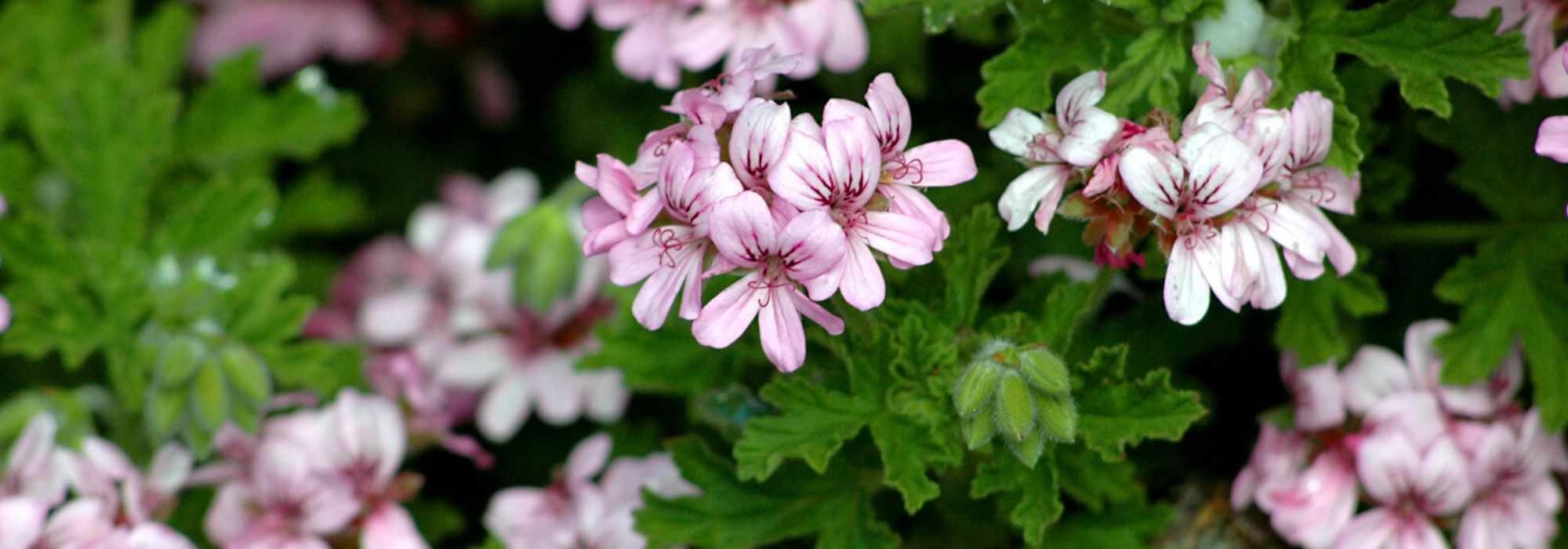
Successfully overwintering pelargoniums (balcony geraniums)
Our tips to keep them in good condition
Contents
The Pelargonium or geranium, unlike its cousin the hardy geranium, is generally grown as an annual unless brought in for winter and protected from frost. Indeed, they are all tender and do not survive temperatures below 0°C. They can only remain in open ground in mild climates, in coastal gardens, in southern France, and in regions spared from severe frosts. Elsewhere, overwintering is necessary for their survival if you want the chance to see them flower again the following spring. They simply need to be stored in an unheated greenhouse or conservatory, or grown as an annual.
Discover our tips to overwinter them successfully by keeping them protected from cold and frost.
When to bring geraniums indoors?
Native to mountainous areas of South Africa, your pelargoniums are likely to die at the first frost, even a light one. In regions with cold winters, to keep them from one year to the next, from late October it’s best to shelter your pots and window boxes from frost. I therefore recommend bringing your pots indoors as soon as first cold weather is forecast. Finally, in regions with mild winters, they can remain in the ground.
Read also
Hardy plants and hardinessWhere and how to keep geraniums pendulous during winter?
During the whole off‑season, store pelargoniums in a cool, dry but frost‑free place, such as a lightly heated conservatory, a winter garden or, failing that, a garage or well‑insulated garden shed. They can continue to flower throughout winter if kept between 7 and 10°C/12°C. It can also simply be an unheated room in the house.
During overwintering, your plants absolutely need natural light; there must be at least one window. A cool, bright room is therefore ideal. Good ventilation is also essential to avoid stuffiness that favours development of fungal diseases. Check regularly that leaves do not rot. And remember to air the space regularly.
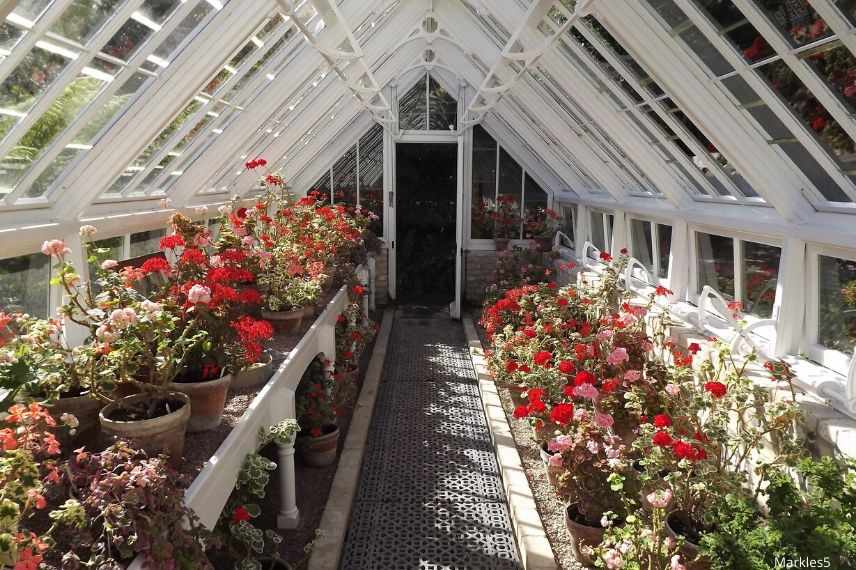
Storage of geraniums in greenhouse, photo taken end of October, before winter pruning
Watering overwintered geraniums
Under cover, your plants are in vegetative rest and need less frequent watering than in summer: throughout winter, water only if soil is very dry. Remove saucers to avoid root rot. Keep substrate very slightly moist (one watering per month should suffice: foliage must not wilt) because excess water can cause grey mould (botrytis) of roots and stem bases (black rot). Also stop all fertiliser applications. From March onwards, gradually resume watering, then fertiliser applications.
Discover other Pelargonium - Geranium
View all →Available in 1 sizes
Available in 1 sizes
Available in 1 sizes
Available in 1 sizes
Available in 1 sizes
Available in 0 sizes
Available in 2 sizes
Available in 1 sizes
Available in 3 sizes
Available in 1 sizes
When and how to prune geraniums for winter?
Before overwintering your geraniums in window boxes or pots, pruning helps eliminate many parasitic organisms :
- Prune back fairly short by cutting stems to 10–15 cm and re-cut any stems that are still green
- Remove yellowed leaves and withered, yellow or dead stems
- Eliminate rotten flowers and, if necessary, any diseased parts
- Top up with a 2 cm layer of fresh potting compost
Once your plants are healthy and thoroughly cleaned, you can bring them indoors. Take the opportunity to make cuttings from the healthy stems: follow all our tips in our video on how to propagate a Pelargonium.
When should geraniums be put outside after winter?
Put your geranium pots back outside after last frosts, around April–May depending on region. Don’t be too hasty: be cautious, as frost can still strike in our gardens until the Ice Saints! Also avoid sudden exposure to strong sunlight to prevent scorching: before settling them outside permanently, gradually re-acclimatise them to outdoor temperatures by exposing them only a few hours a day at first and bringing them in at night. After about 15 days, once acclimatised, you can leave them outside.
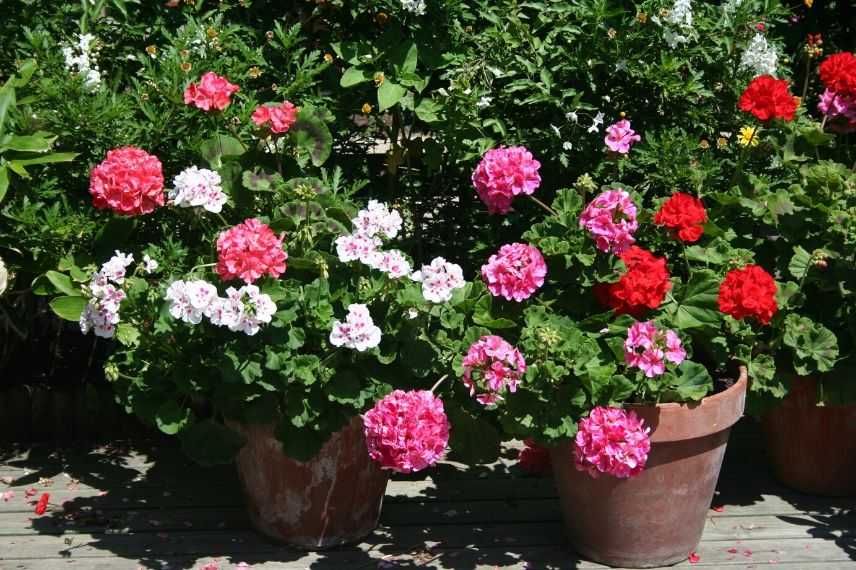
What care is needed after overwintering?
Return of fine weather signals the right time to prepare your Pélargoniums for going outside.
A few simple steps and they will be ready for a new flowering season :
- Remove plants from their pots and repot into larger pots or planters with a good geranium potting compost
- Remove damaged parts
- Resume watering (one to three times a week but not excessively)
- Feed with weekly applications of ‘geranium’ liquid fertiliser throughout growth and flowering
- If aphids have invaded your plants: shower them with soapy water to dislodge them
- Subscribe!
- Contents

































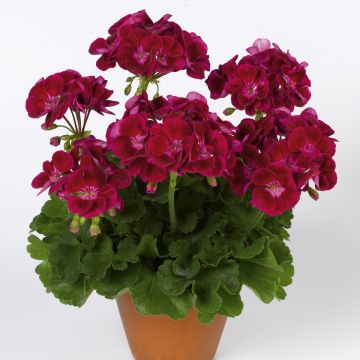
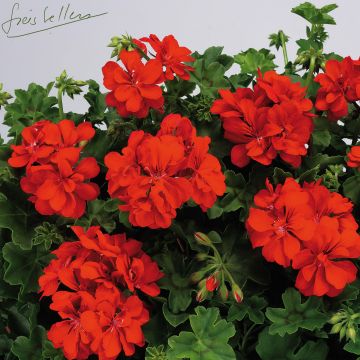
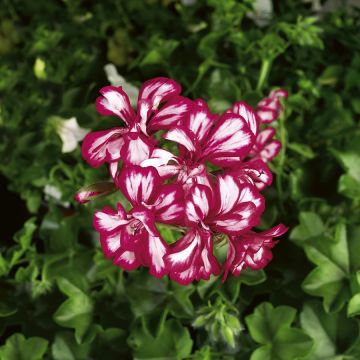
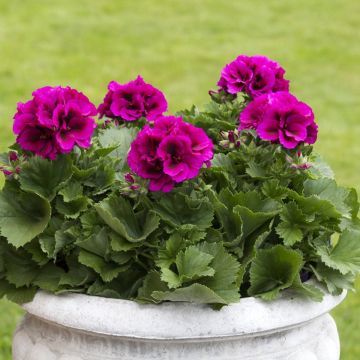
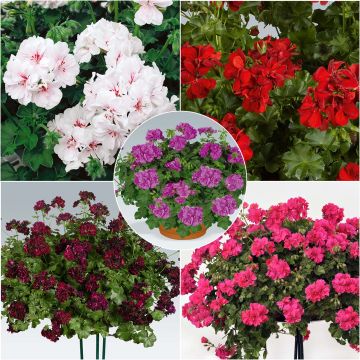
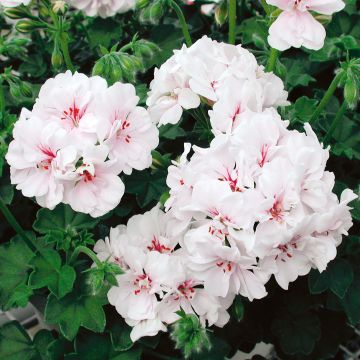
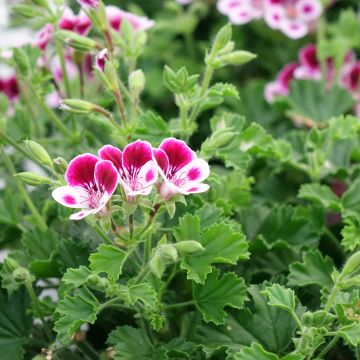
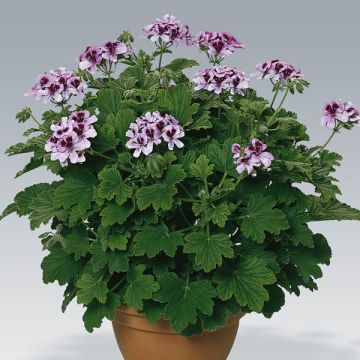
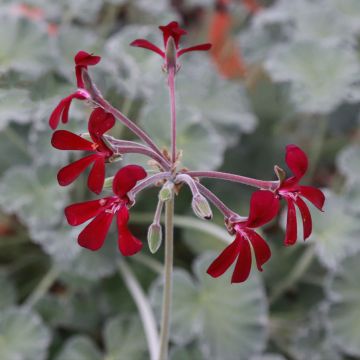
Comments